It is called a silent disease since there are no symptoms until the first fracture occurs.
Known as Osteoporosis, is the condition of bones when they become porous and due to reduction in its density and quality.
Hidden inside the body, the disease is causing havoc.
Around the world, 1 in 3 women and 1 in 5 men are at risk of an osteoporosis fracture, says the International Osteoporosis Foundation (IOF).
There is no scientific data on the exact number of people suffering from the disease in Bangladesh, but estimates suggest it to be some 56 lakhs, said Professor Syed Atiqul Haq of the Department of Rheumatology at the Bangabandhu Sheikh Mujib Medical University (BSMMU).
"Women suffer from osteoporosis more than the men do. This is because they suffer from a loss of support of the sex hormones earlier at menopause and consume less nutritious food than the men-- at least in our society," he said.
However, calcium, vitamin D, sunlight and exercise are basic factors necessary for healthy bones. And, average intake of the food items supplying calcium and Vitamin D is very low in Bangladesh.
"Average intake of calcium a day a person should be 1000 milligram, but it is only 303 milligram in Bangladesh," Professor Syed Atiqul Haq said.
Also, while standard level of vitamin D in blood should be 30-50 nano-gram per millimeter, it remains hugely insufficient, according to a study.
The Department of Rheumatology at the BSMMU conducted the study – "Peak Bone Mineral Density and Some of its Determinants in a Diverse Group of Hospital-based Bangladeshi Healthy Volunteers" in 2014.
It says only one percent people in Bangladesh have sufficient vitamin D level of 30-50 nanogram, ninety seven percent have vitamin D level of 10-29 nanogram.
Dr Haq said, "Milk and dairy products are the main sources of calcium, but our consumption level is quite poor."
The main sources of vitamin D include fish, fish oil, meat, lever, cheese, spinach, collard green, beans, broccoli and peas. Consumption level of these items is too low in Bangladesh, he said.
"Though we have sunlight, we don't benefit much out of that. It is because our skin is dark. Because of our skin colour, sun-rays do not have much impact on our body in developing vitamin D. So, we are to depend more on food," he said.
The other very important factor is regular exercise that makes the bones strong.
Syed Atiqul Haq said human bones are living tissue and constantly change. From the moment of birth until young adulthood, bones are developing and strengthening. After 30, bones are constantly broken down and then rebuilt.
"For people with osteoporosis, bone loss outpaces the growth of new bone. Bones become porous, brittle and prone to fracture," says the IOF.
The most common fractures associated with osteoporosis occur at the hip, spine and wrist. The likelihood of these fractures occurring, particularly at the hip and spine, increases with age.
Spinal fractures can result in serious consequences, including loss of height, intense back pain and deformity, and a hip fracture often requires surgery and may result in loss of self-dependence or even death.
"Though treatment is there to fight osteoporosis, prevention is the best option," said Syed Haq, suggesting that one needs to have adequate food items having calcium and vitamin D.
And, that has to start from the early stage of life, not later, he said.
"Calcium-rich food is more important for the growing children, pregnant and lactating mothers," Haq said.
Bone experts say there should be a strong focus on importance of balanced diet on bone health and that if there are gaps in regular diet, a nutritional beverage such as Women's Horlicks can be included in daily diet to fulfill the nutritional deficiencies/gaps.
Dr Syed Haq noted that on policy matters, government facilities should promote production of milk and livestock, and find ways how to fortify milk with extra vitamin D as is the case in the developed and many developing countries.

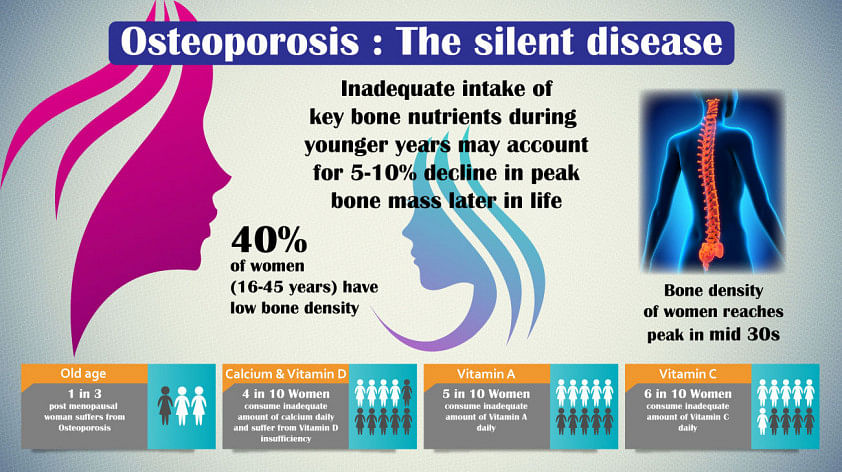






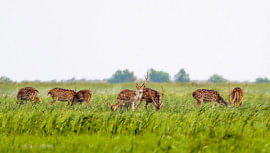


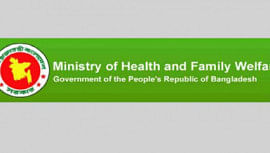

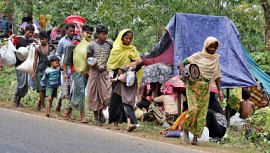
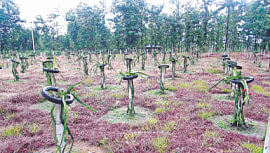
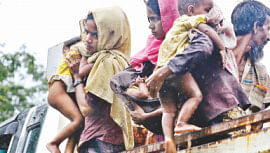
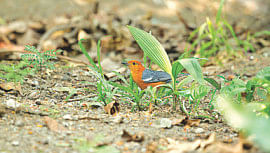
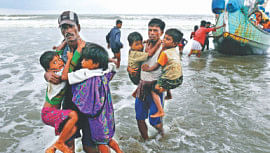

Comments